It’s extremely difficult to step out from the crowd or turn around and march against it—to resist conformity. Even in a free society, where the punishments for civil disobedience tend to be mild, most people go along to get along. It’s easy to imagine yourself saying, “I wouldn’t have supported slavery, sexual exploitation, witch hunts, fascism,” but the sad fact is that people throughout the world and throughout time have readily accepted their society as “normal”—even “good”—no matter what it does.
The National Socialist German Workers’ Party—commonly known by the derogatory term “Nazis”—promoted a mix of right-wing nationalism and left-sounding economic promises that proved popular with millions of Germans who wanted to make Germany great again. Millions more, a majority of the people, willingly went along with this evil, hoping it wouldn’t be that bad and fearing the consequences of speaking up. A few, however, followed their own moral compass—typically guided by their belief in the divinity of Jesus Christ or their belief in democratic socialism—and decided they could not conform, even if it meant risking their lives. They had to resist.
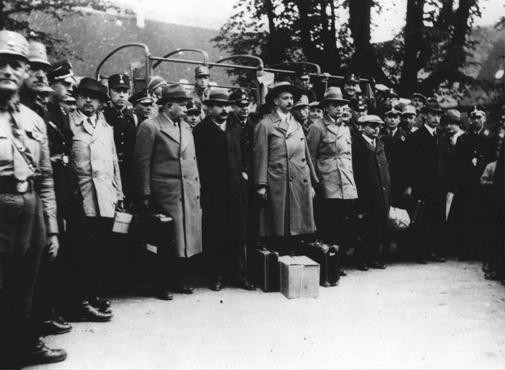
The Social Democratic Party (SPD)
The SPD was very popular in Germany, which is not surprising since the country is the birthplace of the welfare state and Marxism. If the SPD had united with the Communist Party of Germany (KPD), they may have been able to stop the Nazis at the ballot box, but the Soviet Union, under the dictatorship of Joseph Stalin, insisted the KPD not work with the SPD, who were insufficiently radical and not under Soviet control.
Some of the SPD leadership fled to Prague in fear that Adolf Hitler would lock them up after he became Chancellor in 1933. They formed a group known as Sopade, and Rudolf Hilferding, a Marxist economist and former SPD Finance Minister, penned their Prague Manifesto in 1934, which advocated revolutionary action to overthrow Hitler’s regime. When the Nazis took over Czechoslovakia, the group fled to Paris, and when the Nazis invaded France, they fled to London. After the war, the SPD became one of the two largest parties in Germany, and it remains an important force in German politics to this day.
Erich Klausener
The Nazis came to power in a coalition with conservatives, principally the Catholic politician Franz von Papen. One of von Papen’s fellow Catholic leaders, Erich Klausener, proved to be a strong opposition voice against Nazism, but he could not convince his fellow conservatives to abandon their devil’s bargain. At the end of June 1934, Hitler decided to consolidate his control by rounding up several hundred troublesome individuals—most of them members of the Nazi Party—and executing them in an event known as the Night of the Long Knives. The cover story used to justify these murders was the claim that these people were plotting to overthrow the government with help from foreign powers, namely France.
Klausener was one of the people said to be involved in the plot, but he was not even arrested, let alone given a trial. He was shot in his office at the Ministry of Transportation, and his former friends, like von Papen, went along with the lie, choosing to live in the shadow of Hitler’s power rather than standing up to him in the light.
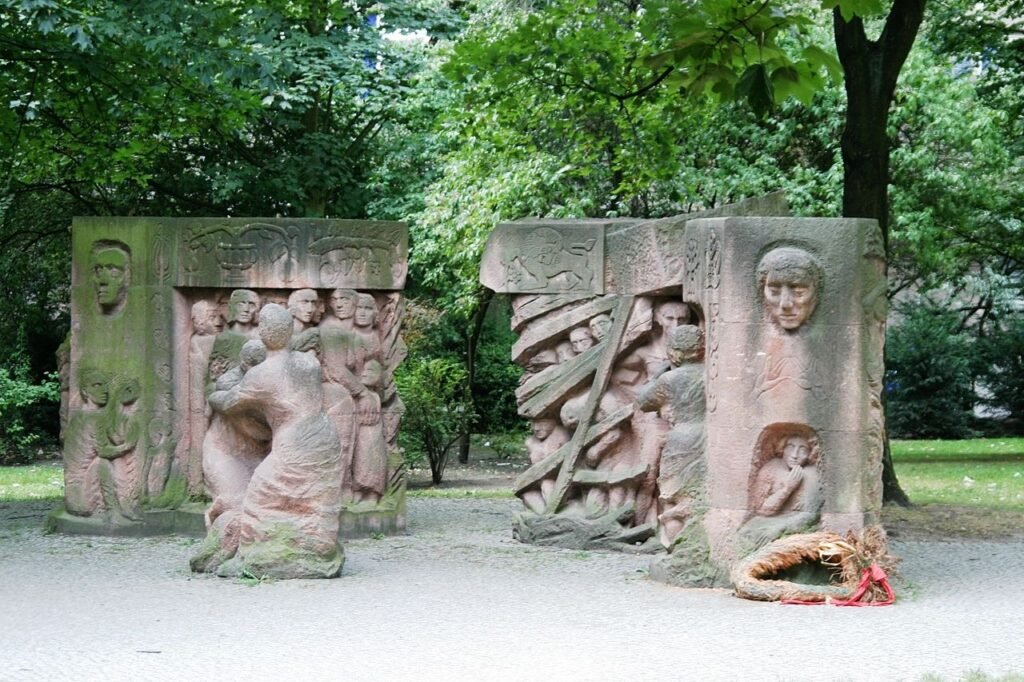
The Rosenstrasse Protesters
In 1935, the Nazis passed the Nuremberg Laws, which forbade Jews and other minorities from marrying “Aryans” (the imaginary “Master Race” of pure-blooded Germans). Some Jewish men already married to non-Jewish women, along with some male offspring from such unions, were not rounded up until 1943 when a mass arrest happened in Berlin. This sparked the first and only real mass protest movement under Hitler’s rule, when Aryan wives, mothers, sisters, and others took to Rose Street, outside a prison housing their Jewish loved ones. The women feared that if these 2,000 men were transferred from the prison, they would be shipped out of Germany and never heard from again.
The protest continued for nearly two weeks, despite the cold of winter and the SS machine guns brought in to intimidate the women. Finally, the regime backed down and allowed the men to leave prison and return to their families. Unfortunately, most of the men were soon re-arrested and sent to forced labor camps in the Berlin area, but thousands of other Jewish men in “interracial” families throughout the country were never arrested, and this is likely due to the resistance that government officials encountered in the capital.
Georg Elser
Carpenter Georg Elser was raised in a Protestant Christian household and had some exposure to leftist circles in his youth, but he acted largely on personal moral conviction rather than strict ideological commitments when he attempted to assassinate Hitler in 1939, shortly after the start of the war. Elser made a bomb and planted it near the speaker’s podium at a Munich beer hall where important Nazis gathered each year to celebrate their failed attempt to take power by force in 1923. The bomb worked exactly as planned and detonated during what would have been Hitler’s speech. The schedule, however, had been changed at the last minute, moving up the start time, and Hitler decided to cut short his normally long remarks because he needed to get back to Berlin to work on war plans.
All the high-ranking Nazis traveling with Hitler were spared, but a few attendees died and dozens were injured when the roof collapsed on the building. Hitler took his good fortune as a sign from God that his mission was divinely approved. He also refused to believe that Elser had acted without assistance from foreign governments, specifically the British. Elser was held at Dachau Concentration Camp until the war was almost over, when he was finally executed as the Nazi state was falling apart.
The White Rose
From June 1942 to February 1943, a group of students and a professor at the University of Munich published a series of six anonymous flyers calling for nonviolent resistance to the Nazi state and an end to the murder of Jews. The group met at a bookstore owned by Josef Söhngen, who also helped warehouse their leaflets along with many banned books. In total they distributed about 15,000 pages of printed material, along with various acts of graffiti, before they were caught.
It’s unclear where the name White Rose came from, or if it was a combination of influences, but the fifth and sixth handbill produced by the group changed their name to the German Resistance Movement and took a less intellectual approach than their earlier work in order to have wider appeal. The best-known members of the group were siblings Sophie and Hans Scholl, children of a politically liberal Lutheran mayor. After being found guilty of treason for their actions, Sophie and Hans were executed by guillotine.
Dietrich Bonhoeffer
Theologian Dietrich Bonhoeffer was a Protestant pastor and influential writer who opposed the unified, racist German Evangelical Church that the Nazis created to corrupt the faith. He was a principal founder of the Confessing Church in 1934, which tried to stand up to this corruption, but it was shut down after two years.
To avoid combat military service, Bonhoeffer applied to be an army chaplain, but he was rejected. He then took a position with the Abwehr (military intelligence), which gave him the cover he needed to continue preaching his pacifist interpretation of Jesus’s teachings. He was arrested in 1943, and two years later—following the failed attempt on Hitler’s life by high-ranking elements of the German military—Bonhoeffer was accused of participating in the assassination, despite being an advocate of nonviolence. He was hanged less than a month before Hitler committed suicide and the war ended.
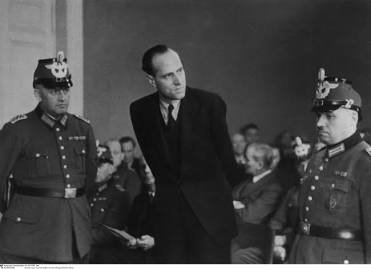
Kreisau Circle
Helmuth James Graf von Moltke was an aristocrat and member of the Abwehr who attempted to find ways to subvert Nazi rule, including the removal of Jews to countries where they would be safe. Later he founded a group that met at his estate in Kreisau, Silesia, known as the Kreisau Circle. These two dozen or so men and women from different political and religious backgrounds discussed ways to move forward with a democratic, anti-racist Germany after the Nazis were removed from power. They even went so far as to imagine a future in which all of Europe would be united under commonly agreed-upon laws rather than the rule of force.
The specific plans laid out by the Kreisau Circle for a post-war German government were not adopted, but the group proved that people need not think exactly alike to work together, they need only share a respect for their fellow human beings. Most members of the group were arrested and executed for the “treasonous” act of discussing alternatives to Nazism, but a few survived to see their dreams realized.
Abwehr Officers
Many military officers objected to the human rights violations they regularly witnessed, but the Abwehr officers were in a unique position to organize a resistance movement because they were an intelligence service, designed to act in secret. In 1938, before the war began, they sent covert representatives to the British, trying to convince them of the danger that Hitler posed. British officials, however, were uncertain whether they could trust any Germans or what to do with the information.
Colonel Hans Oster and Admiral Wilhelm Canaris were key figures in this movement, which gathered a network of supporters but was not able to mount an effective revolt so long as Hitler’s popularity remained so high. Both men were hanged with Dietrich Bonhoeffer at Flossenbürg Concentration Camp as suspected plotters in Operation Valkyrie.
Operation Valkyrie
Major General Henning von Tresckow realized the only way anti-Nazi military officers could take over the government was to kill Hitler first. He organized several attempts on the Führer’s life, beginning with a box of explosives placed on Hitler’s airplane that failed to detonate. Similar luck followed Hitler through several more attempts Tresckow organized.
The final attempt came from Colonel Claus von Stauffenberg, a combat veteran who had lost an arm and an eye in the war. He planted a briefcase bomb near Hitler at a military planning meeting, but Hitler was largely shielded from the blast by a heavy oak table and only suffered minor injuries. Tresckow killed himself when he learned the plan had failed, and Stauffenberg was shot immediately, along with some of his closest comrades. They proved to be the lucky ones. Some alleged conspirators were hanged with piano wire, to give them a prolonged and gruesome death. Hitler reportedly had the executions filmed so he could watch them over and over again.

The statue marks the spot where Stauffenberg and others were shot.
Oskar Schindler
Thanks to the Steven Spielberg film Schindler’s List, businessman Oskar Schindler has become one of the most famous people to save Jews from the Final Solution (the Nazi name for the Holocaust). At the time of the film’s release, there were complaints that Schindler was not as saintly as portrayed on screen. After all, he had profited from the labor of Jewish slaves for years, but in the end, he risked his life to save as many of them as he could. Schindler was honored with a tree in Israel’s Avenue of the Righteous in 1962, and he is buried in a Catholic cemetery in Israel where his headstone reads: “The unforgettable rescuer of 1,200 persecuted Jews.”
His story is dramatic, but it represents many unknown people who made a difference during this dark time—providing shelter, forged documents, and other aid in an effort to save lives. Like Schindler, each of them was left with the unanswerable question: Did I do enough?
Courage and Wisdom
As we reflect on the legacy of German resistance, I challenge each of us to ask:
- When do we know that the actions we are witnessing are not merely objectionable but demand a stand to be taken?
- At what point is civil disobedience called for?
- And when, if ever, is violence justified?
It’s easy, in hindsight, to see a swastika and declare it evil. But those who became known as Nazis did not begin their ascent as the monstrous force we now remember. They were anti-democratic, anti-Semitic, and violent from the outset, yet the full scale of their danger was not always clear. It certainly wasn’t obvious that they would start the greatest war in history or perpetrate the Holocaust.
Did morality require everyone to oppose them politically while that was still possible?
Such questions are never easy to answer, but that’s precisely why they need to be asked.
The German experience suggests that it takes a mix of courage and wisdom to determine what is right and to act on that determination, a combination that is rare, yet one that can be nurtured. A strong moral and ethical foundation, whether derived from religious convictions or secular principles, along with the support of a loving family, often inspires the deeds that future generations will admire.

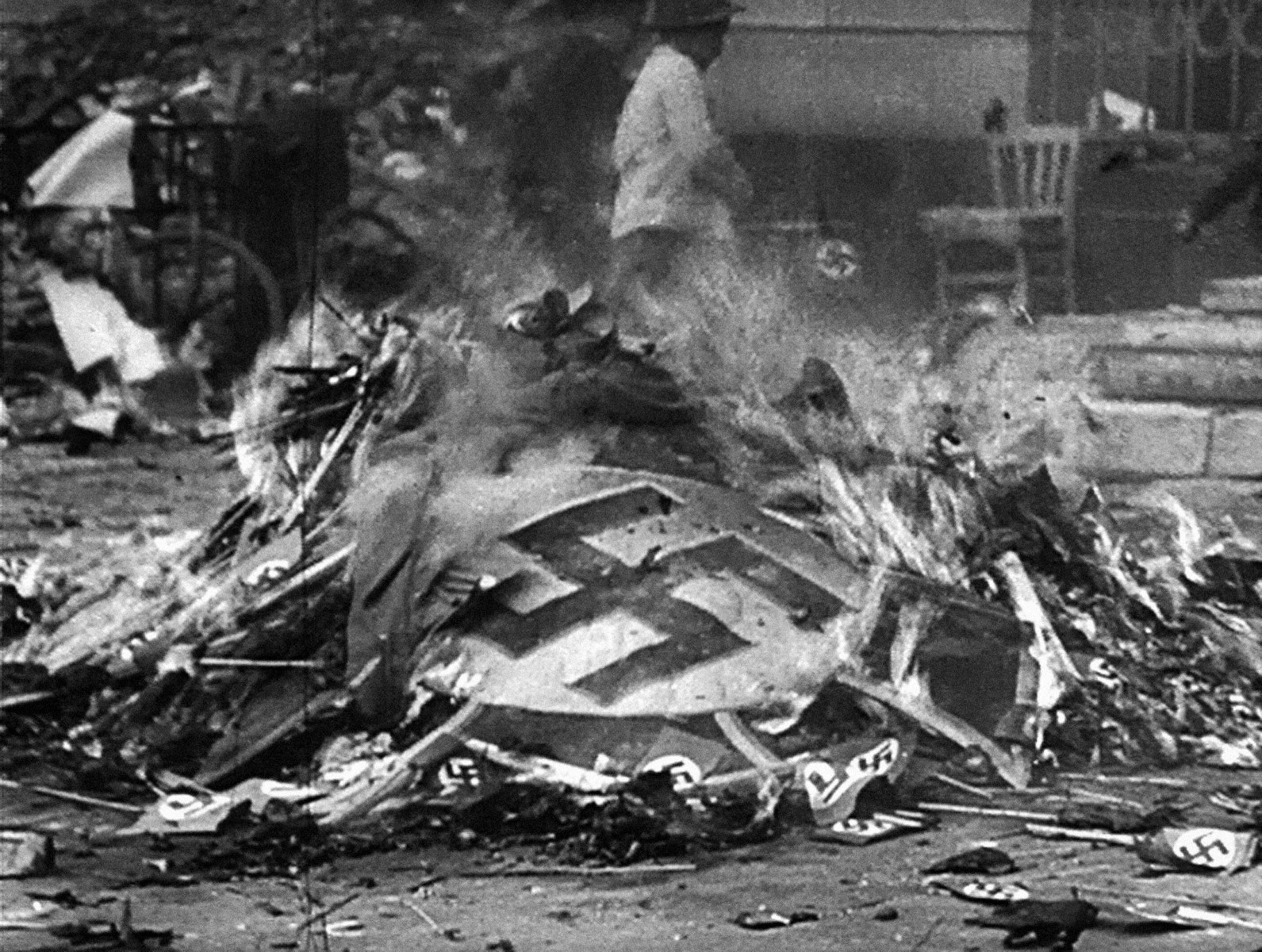
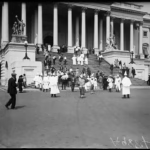


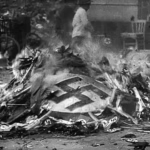
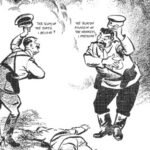


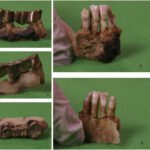
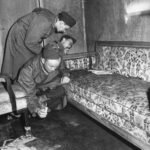
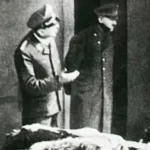
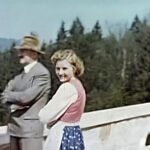
Leave a Reply